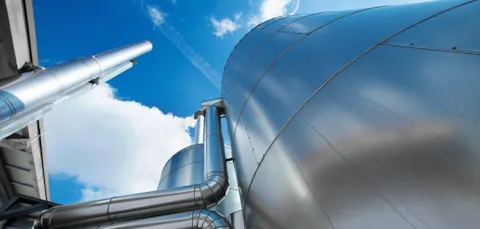Pipeline QRA (Quantitative Risk Assessment) redefined
Executing a QRA of a pipeline has always been a resource and time intensive exercise. This is not the case anymore.
There are many challenges involved but the key ones are setting up the study accurately and the ability to model and account for the effect of safety systems; both of which are typically manual tasks.
The latter usually results in a high number of scenarios being defined (due to the multiple breach sizes and various combinations of actions of safety systems e.g. full, partial, no isolation etc. considered).
The large numbers of scenarios have a corresponding knock on effect in terms of resulting in long calculation times.
A new pipeline QRA model has been created to address all these limitations as well as allow for intuitive, efficient and speedy analysis. This new model will be available with the forthcoming release of Safeti, the industry standard software package for onshore QRA (version 7.2).
Details of the new model are discussed in this paper – presented at a recent CCPS (Center for Chemical Process Safety) conference on process safety.
Faster and more efficient calculations
The image below shows the individual risk results for a 54 km pipeline used to spell out the words “Merry Xmas” (with the festive season in full swing – “Merry Xmas” to all reading this and “Best wishes for the New Year”!!!).
The calculations for this set up took just 28s!!! to run and less than a minute to set up (using a basic set of input parameters).
How was this achieved, you might ask? A range of innovations have been put together to enable this, some of which are listed below:
- The model includes ability to draw your pipeline on a map, so it’s easy to set up and define
- Possible breaches along the pipeline are defined once and then replicated across the length of the pipeline. The spacing is optimised to ensure there are no gaps in the contours
- The ability to model safety systems such as isolation valves is afforded. When defined, the program creates the relevant combinations automatically. These are as follows:
- Unisolated release
- Isolated release
- Failure of upstream isolation
- Failure of downstream isolation
- Pipeline frequency calculations are calculated directly within the model using a generic dataset from the European Gas Pipeline Incident Data Group (EGIG).
- Calculations have been optimised where possible for e.g. releases with similar results are rationalized and represented by a single scenario
Overall, the common theme to the above is that tasks that were previously a manual exercise have been automated (or made more intuitive) and the calculations have been optimised to run very efficiently.
Save time, save money
Conducting a pipeline QRA has never been quicker. Setup and analysis time is significantly reduced freeing up time to dedicate to other activities such as interpreting the results or executing more projects. Results are delivered quicker allowing decisions to made in a prompt and timely manner.
The ultimate benefit is a significant cost saving in project time i.e. in terms of man hours required as well as delivery time. The popular saying “time is money” holds true in this case.
Authors: Kenny Shaba and Colin Hickey
12/18/2015 8:55:18 PM
